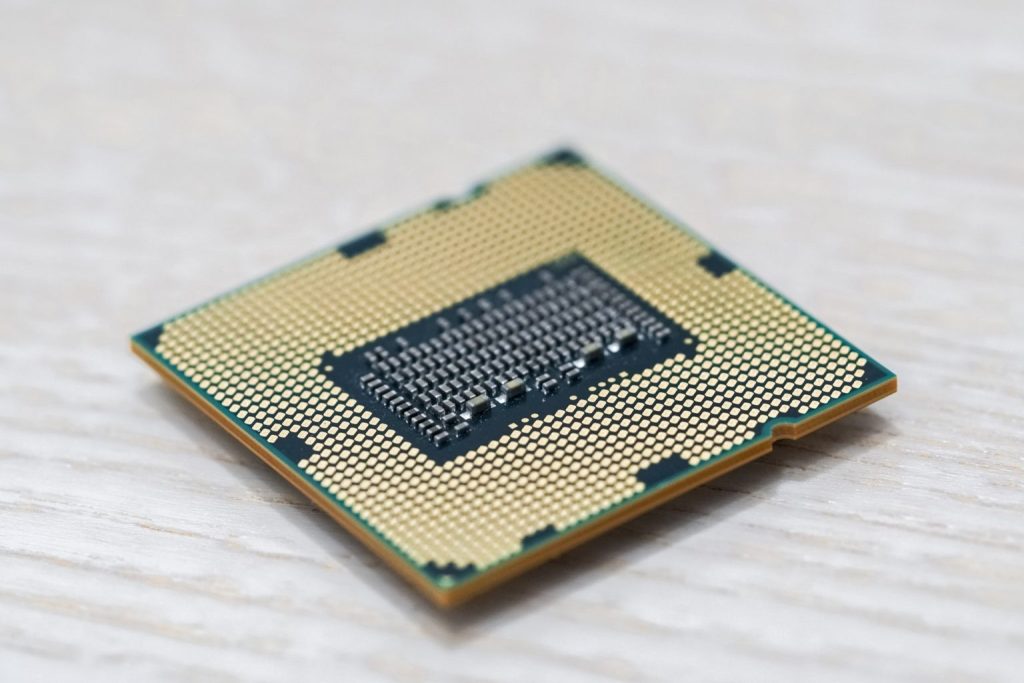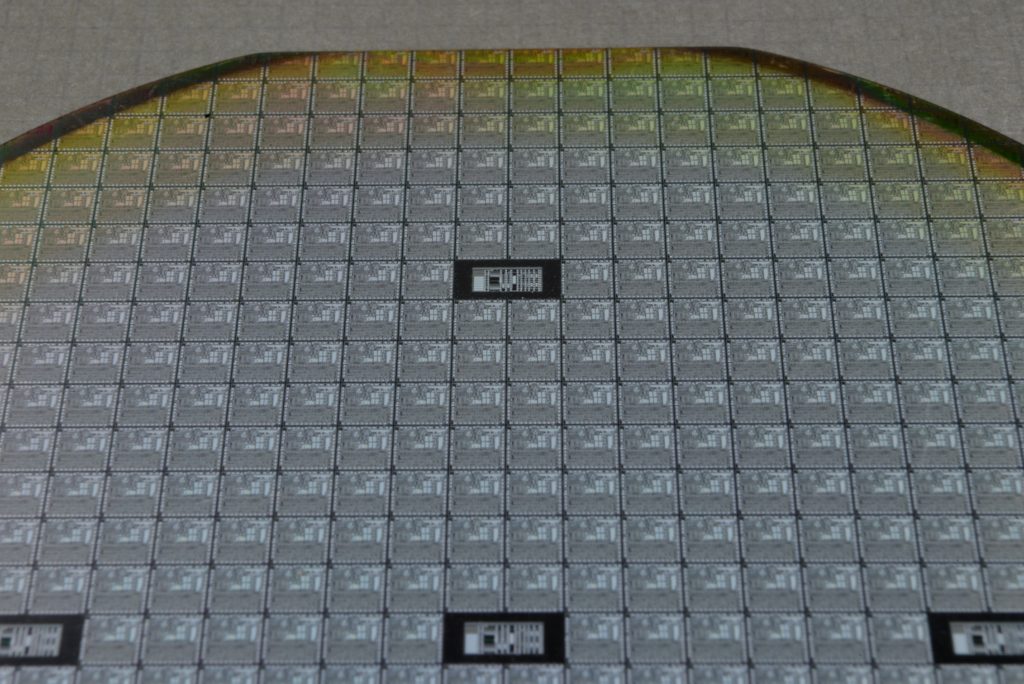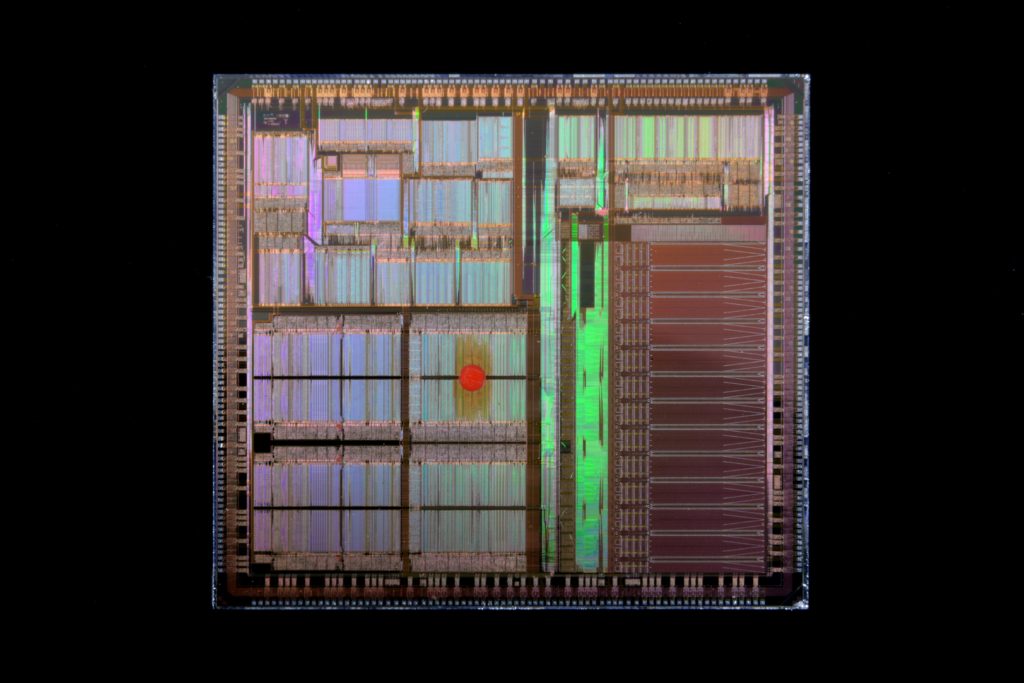Photo by Clem Onojeghuo on Unsplash
The key factors to gauge the impact of any industry are by capturing: economic activity and employment generation. These two factors also apply to the semiconductor industry and are evident from year-on-year impact and growth.
The economic impact is dependent on job creation. Thus, it is critical to understand what type (channels) of jobs the semiconductor industry creates.
Economic Impact: Close $7 Trillion global economic contribution by the semiconductor industry, and primary factor is growing increase of semiconductors in day to day products.
Employment Impact: In the US alone, the employment impact is close to 2 million, not accounting for several other semiconductor-dependent industries.
Direct and indirect employment generation are the two primary ways the semiconductor industry drives employment. Direct employment is focused on skills that semiconductor companies need. On another side, indirect employment is by semiconductor-connected industries.
Direct: Skilled jobs that require the design and development of semiconductor products.
Indirect: Skilled jobs that the semiconductor industry empowers indirectly.
The direct employment channel demands core skills that bring new semiconductor innovation to the market, which drives the indirect channel. The indirect employment channel works two ways. First, the semiconductor products enable indirect employment. On another side, the semiconductor industry is also dependent on it. The primary reason is the end customer products that indirect employment develops, and any negative impact on indirect channels can directly affect the semiconductor industry.

Growth of direct and indirect employment channels is possible if the market is loaded with skilled labor apart from the continuous expansion of the existing market apart from the creation of emerging markets.
To continuously provide skilled talent, any industry should focus on academic collaboration. In the semiconductor industry, the gap between the industry requirements and the academic curriculum is widening and thus demands a fresh outlook towards the industry-academia collaboration.
Skills: Talents with skills for direct employment for the semiconductor industry, which then drives products to help create indirect employment channels. Thus, creating a connected employment ecosystem.
Market: New products that enable new markets are vital for the long-term growth of job creation.
The semiconductor industry, like any other, is heavily engaged in innovative solutions that are becoming the backbone of the digital economy. Thus, it will be vital to create an ecosystem that generates skilled talent to drive the growth of all the industries connected to the semiconductor directly or indirectly.




















